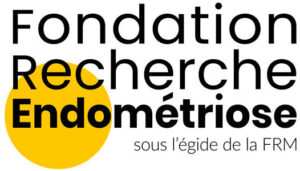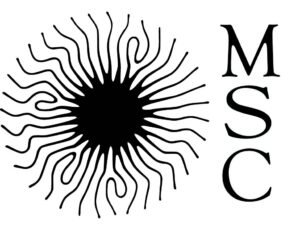
Research Internship – Ex vivo characterization of uterus biomechanical properties
Scientific Context:
The biomechanical properties of the uterus play a crucial role in key reproductive processes such as embryo transport, implantation, and foetal development. Uterine peristalsis—rhythmic contractions that vary across the menstrual cycle—and the stiffness of the uterine muscle are particularly important in these functions. Gynaecological conditions like adenomyosis and endometriosis are not only associated with chronic pelvic pain and infertility, but also with significant biomechanical disruptions. These include altered peristaltic activity, increased stiffness of the myometrium, and the presence of ectopic endometrial tissue embedded within the uterine muscle. This abnormal tissue remodelling likely contributes to pain symptoms and impaired fertility, yet the underlying mechanisms remain largely unclear.
Ultrasound imaging is the primary diagnostic tool used by gynaecologists, offering real-time visualization of the uterus and its dynamic behaviour. Additionally, techniques such as Shear Wave Elastography (SWE) and Backscattering Tensor Imaging (BTI) can provide insights into tissue elasticity and micro-organisation. However, reliably quantifying uterine biomechanic properties —particularly in vivo and in a clinical setting—remains a significant challenge, limiting our ability to fully characterize uterine biomechanical function. To overcome these limitations, this project focuses on ex vivo analysis of uterine samples obtained from hysterectomies.
Internship Objectives:
The overall goal of this project is to improve our understanding of the biomechanical properties of the healthy uterus and how they are altered in the context of endometriosis and adenomyosis. Specifically, the internship will focus on:
- Developing an ultrasound imaging setup for ex vivo characterization of uterine contractility, stiffness, and tissue organization.
- Using this setup for the characterization of hysterectomy samples from patients with adenomyosis and from control subjects.
- Performing statistical analysis and presenting the findings.
Methods and internship organisation:
This internship is part of an ongoing collaborative study led by Nicolas Chevalier (Matière et Systèmes Complexes, Université Paris Cité), which investigates the biomechanical properties of ex vivo uterine samples from patients with adenomyosis. Current analyses include optical and mechanical assessments, and the integration of ultrasound imaging is expected to provide complementary data.
The student will develop and optimize an ex vivo ultrasound imaging setup to characterize tissue stiffness, contractility, and organization. He/she will the perform comparative analyses between adenomyosis patients and control samples (from patients with fibroids). In a later phase, he/she will assess the hormonal responsiveness of the tissue samples (e.g., to progesterone) in the two patient groups. The student will work at the Physics for Medicine Paris laboratory, in close collaboration with Nicolas Chevalier’s team at Université Paris Cité.
Candidate Profile:
We are looking for a motivated student with a strong interest in interdisciplinary research at the interface of physics and medicine. Prior experience or familiarity with benchtop experimentation, and/or programming (preferably in MATLAB) will be appreciated.








